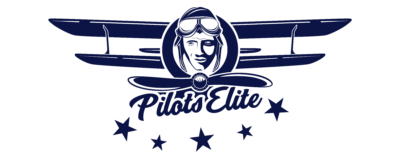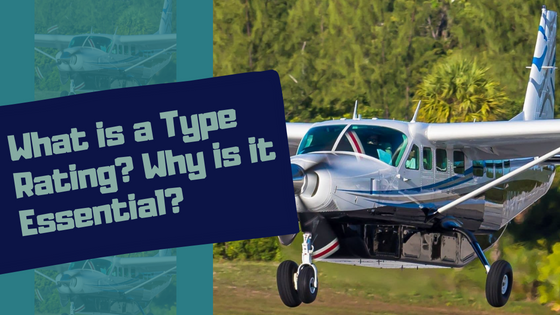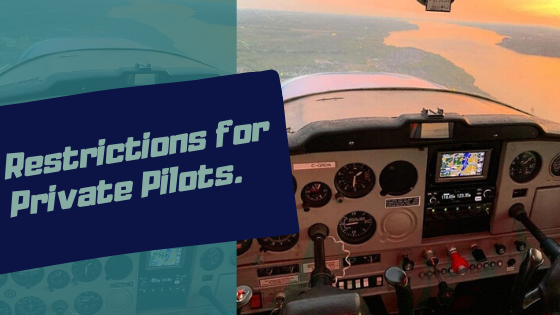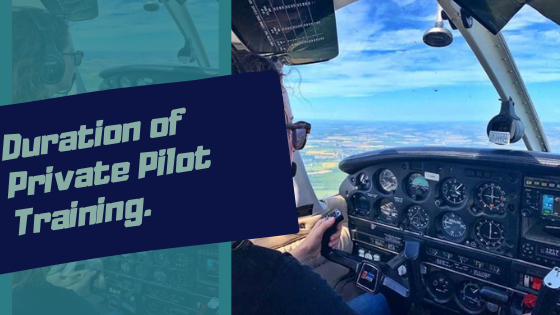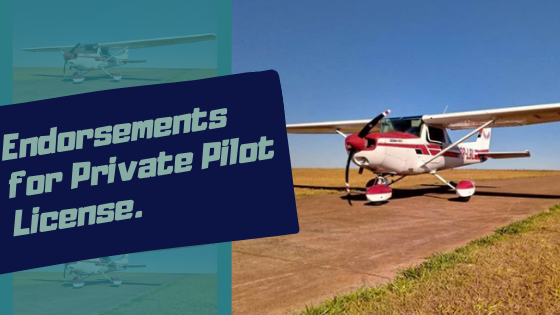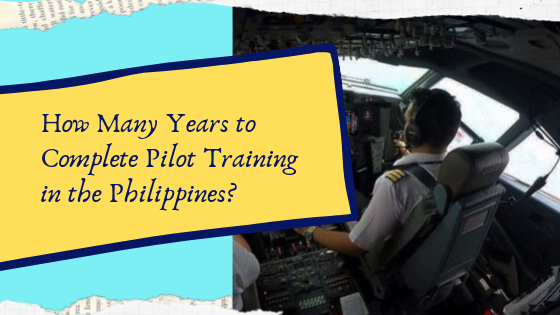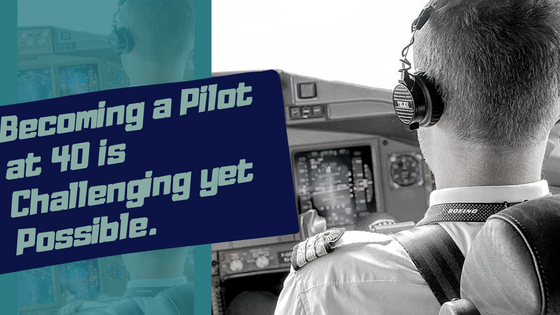Getting a Private Pilot License: First Step to Soar into the Skies.
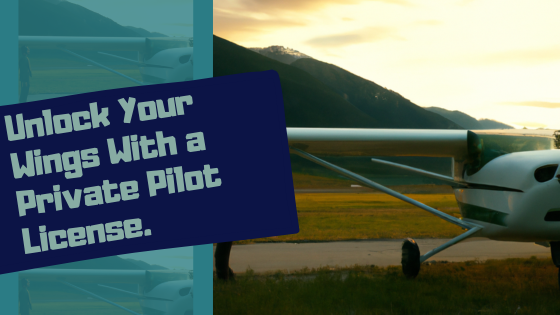
It’s not often you meet someone who tells you he has a private pilot license to fly airplanes, so information about getting a private pilot license is scarce.
And the internet overwhelms us with different opinions from hundreds of publishers.
You want a private pilot license but don’t know where to begin. Your landing here would resolve conflicting information on how to get one.
In this age, everyone believes they are intellectual on any topic due to smartphones and quick access to information. But you don’t want to rely on a random guy who isn’t a private pilot himself.
Let’s begin by briefly understanding a private pilot license, its requirements, and its limitations.
Simply put: A private pilot license is a non-professional driver’s license for the sky.
To summarize: A private pilot license (PPL, also known as a private pilot certificate in the USA) enables individuals to engage in specific aircraft operations with passengers. You can take your family and friends on a cross-country flight, but the license prohibits you from receiving any fee in exchange for the flight.
The license also restricts entering certain airspace, carrying out certain operations, and flying in adverse weather conditions without additional rating.
Overall, obtaining a PPL is a challenging yet rewarding experience that offers a sense of accomplishment, freedom, and career opportunities.
How to get a private pilot license?
Getting a private pilot license is costly, and spending way over budget is common. Hence, following a system and approaching it step by step to get your permit is crucial.
You begin by understanding the private pilot license requirements first. Knowing the requirements determines your eligibility to get a private pilot license.
SECTION 1: STEP 1: Recognizing your private pilot eligibility.
I discussed all the requirements in this article: Private pilot license requirements. Before continuing, I recommend reading the eligibility and requirement article.
After determining your eligibility, you can research the right flight schools.
STEP 2: Explore the flight schools in your area.
Across the United States, there are hundreds of flight schools, and identifying the right one can be challenging.
Choosing a reputable flight school is essential due to several factors.
However, this doesn’t imply that there aren’t reliable flight instructors (CFIs) outside the famous ones. There are hundreds, if not thousands, of excellent CFIs who work for unrecognized flight schools.
Regardless, on the first occasion, I emphasize enrolling in a reputable flight school for multiple reasons:
- Without any exposure to the aviation community, you would have a hard time knowing which instructor is good and which flight school has superior training in your nearest general aviation area;
- Reputable flight schools have a track record of producing skilled pilots and are respected by other pilots and aviation professionals.
- You can’t judge a CFI’s talents without receiving instruction for at least a couple of flights.
Thus, it’s safest to go with an established flight school with a notable presence online and offline.
There are several other reasons why reputable flight schools matter:
- Safety: A good flight school prioritizes safety above all. They maintain their aircraft well, have a structured training program, and experienced flight instructors ensure safe and responsible flying.
- Quality of Training: The quality of your flight training directly impacts your skills as a pilot. A flight school gains popularity by providing high-quality training covering all aspects of flying and preparing you to handle various scenarios and conditions.
- Compliance with Regulations: A reputable flight school is up to date with constantly changing aviation rules and complies with regulations to maintain pilot safety.
- Value for investment: A reputable flight school and instructor offers high-quality training that prepares you for a successful career as a pilot.
Overall, receiving training from a good flight school and an experienced flight instructor impacts your expertise, compliance with regulations, and the future safety of your passengers.
RELATED: How do you pick a flight school?
STEP 3: Get your medical clearance.
To prove your eligibility for flight training, you need to get a class three medical certificate.
A class three medical certificate proves you’re fit to conduct flight and healthy enough for safe operations.
You go through medical tests, and a physician accredited by the FAA will diagnose you to approve your third-class medical certificate.
STEP 4: Get your student pilot license.
Once you have the class 3 medical certificate, you can apply for a student pilot license. You can either apply through your flight school or in person.
However, the process is smooth when your flight school liaison officer does the job for you.
The sooner you get your student pilot license, the quicker you can begin flight training.
SECTION 2: You must undergo multiple training phases to get a private pilot license.
By multiple phases of training, I mean the following:
- Ground School: It’s the theoretical component of flight training. It covers aerodynamics, aircraft systems, navigation, weather, regulations, and flight planning. PPL Ground school is typically done in a classroom or online setting and may involve self-study or group instruction.
- Flight Training: Flight training is the practical component of flight training. It involves hands-on instruction in the cockpit and covers subjects such as takeoff and landing, climbs and descents, maneuvers, emergency procedures, navigation, and cross-country flying. Flight training is typically done with a certified flight instructor (CFI) and may involve solo flight time once certain proficiency levels are achieved.
The ground school training and actual flight training are separate. You can continue to train for each part simultaneously or achieve each part step by step.
I recommend that students take one step at a time. Hence, I mentioned ground school as Step 5 here.
STEP 5: It’s time to grasp aeronautics and pass the written exam.
Enroll in private pilot ground school. It can be an online private pilot ground school or an in-person classroom with a group of student pilots.
Either way, you’ll learn the same materials.
It’s typical for PART 61 student pilots to choose an online ground school. Student pilots who enroll in a PART 141 training program pay for the entire package, including a classroom ground course.
I urge student pilots to read at least one aeronautical pilot handbook before beginning ground classes.
This would help you to familiarize yourself with aeronautical subjects and ensure you grasp matters quickly during your ground classes.
STEP 6: Pass the Private Pilot Knowledge Test.
Many students prefer to take the PPL knowledge test (written exam) later in the training. However, taking it at the early stage, specifically before beginning your flight training, boosts your performance during flight training.
The Private Pilot Knowledge Test aims to assess a student pilot’s theoretical knowledge of aviation, including the rules and regulations governing flight, the principles of flight, and the use of flight instruments and navigation aids.
The test is required by the Federal Aviation Administration (FAA) as part of the process of obtaining a Private Pilot License.
The Private Pilot Knowledge Test covers a wide range of topics, including:
- Regulations: The test covers the FAA regulations and procedures that govern aviation, including air traffic control rules, airspace classifications, and flight planning requirements.
- Aircraft Systems: The test covers an aircraft’s various systems and components, including engines, fuel systems, electrical systems, and instruments.
- Aerodynamics: The test covers the principles of flight, including the four forces of flight (lift, weight, thrust, and drag), the effects of control surfaces, and the relationship between airspeed and altitude.
- Navigation: The test covers navigation techniques and aids, including VOR navigation, GPS, and sectional charts.
- Meteorology: The test covers weather theory, weather hazards, weather reports, and forecast interpretation.
- Human Factors: The test covers human factors, such as situational awareness, decision-making, and communication.
It is important to note that the knowledge test is just one component of obtaining a PPL. It must be completed in conjunction with flight training and a practical flight exam (checkride) to become a licensed pilot.
Here are some tips to help you prepare for the Private Pilot Knowledge Test:
- Study the FAA’s Aeronautical Information Manual (AIM) and the Pilot’s Handbook of Aeronautical Knowledge (PHAK): These are two critical resources for preparing for the knowledge test. They cover all the topics on the test and are available for free on the FAA’s website.
- Use a study guide: Many study guides can help you prepare for the knowledge test. These guides typically summarize the key concepts, provide practice questions, and offer test-taking tips.
- Take practice tests: Using test preps to take practice tests can help you familiarize yourself with the knowledge test format and identify areas where you need more study. Many online resources offer free practice tests, such as the FAA’s sample test questions.
- Get a study partner: Studying with a partner can help keep you motivated and accountable. You can quiz each other on the material and discuss complex concepts.
- Focus on areas of weakness: Once you’ve taken a practice test or two, focus on the areas where you struggled the most. Spend extra time reviewing those topics and practicing related questions.
- Stay organized: Make a study plan and schedule study sessions regularly. Track your progress and adjust your plan as needed.
Remember that the knowledge test is just one component of becoming a licensed pilot. It is crucial to also focus on flight training and practical skills in addition to studying for the knowledge test.
STEP 7: Learn to fly the bird.
It is important to remember that flight training requires significant time and financial commitment. Students should thoroughly research flight schools and instructors to find the best fit for their needs and budget appropriately for the cost of training.
Complete the required flight hours and training:
- Solo Flight Time: Solo flight time is a critical component of flight training, as it allows the student pilot to practice and refine their skills without the guidance of an instructor. The solo flight time required varies by country but typically ranges from 10 to 20 hours.
- Dual flight time with an instructor.
- Cross-country flight requirements;
In the United States, the FAA sets the minimum requirements for flight hours and training for obtaining a PPL. Here are the basic requirements:
- Flight Hours: You must have at least 40 hours of flight time, including at least 20 hours with an instructor and at least 10 hours of solo flight.
- Cross-Country Flight: You must complete at least one solo cross-country flight of at least 150 nautical miles, with full-stop landings at three airports.
- Night Flying: You must complete at least three hours of night flying, including at least ten takeoffs and landings.
- Training and Endorsements: You must complete specific flight training on various maneuvers and procedures, including takeoffs and landings, stalls and spins, navigation, and emergency procedures. You must also receive endorsements from a flight instructor before you are allowed to fly solo or cross-country.
- FAA Knowledge Test: You must pass a written test on the regulations, procedures, and principles of flight.
- Practical Flight Exam (Checkride): You must pass a practical flight exam with an FAA examiner, which includes both an oral exam and a flight test.
It’s important to note that the FAA sets minimum requirements, and most students will require additional flight hours and training to become proficient and confident as a pilots. The actual flight hours and training required will depend on factors such as the student’s aptitude and their chosen training program.
STEP 8: Scheduling a checkride with a Designated Pilot Examiner (DPE).
Checkrides are practical exams that assess the pilot’s knowledge and skills. They are administered by a designated pilot examiner (DPE) or an FAA inspector.
The purpose of the Private Pilot checkride is to determine if a pilot applicant has the necessary knowledge, skills, and judgment to operate an aircraft as a pilot-in-command safely. The test consists of both an oral exam and a flight test.
The exam involves oral and actual flight exams. Checkrides are required to obtain a private pilot license and may also be needed for additional certifications or ratings.
During the private pilot oral exam, the FAA examiner will ask the pilot applicant questions about the pilot’s operating handbook, aircraft systems, weather, navigation, and other relevant topics.
The examiner will also review the pilot’s logbook and training records to ensure all training requirements are met.
During the flight test, the pilot applicant will demonstrate their ability to perform various maneuvers and procedures, including takeoffs and landings, navigation, emergency procedures, and other tasks.
The examiner will assess the pilot’s ability to make safe and appropriate decisions, use proper techniques, and maintain aircraft control.
The Private Pilot Practical Test is the final step in obtaining a Private Pilot License.
Upon completing the test, the FAA examiner will issue the pilot applicant a temporary pilot certificate, valid for 120 days. After completing additional paperwork and meeting other requirements, the pilot will receive a permanent certificate from the FAA.
Becoming a private pilot requires theoretical and practical training, effective practice, and proficiency in the cockpit. It is a challenging but rewarding journey that offers the freedom and flexibility to fly for personal or professional purposes.
Here are some tips on how to make the most of flight training and stay motivated throughout the process:
- Set goals: Set specific goals for each flight lesson and your overall training. This will give you something to work towards and help you measure your progress.
- Stay organized: Track your flight hours, lessons, and progress. Use a training syllabus or checklist to help you stay organized and focused.
- Practice outside of flight lessons: Review your flight lesson material, practice maneuvers on a flight simulator, and study ground school material outside of flight lessons. This will help you retain what you learn in each class and reinforce your understanding of key concepts.
- Ask questions: Be bold and ask questions and clarify concepts that you need help understanding. Your flight instructor will help you learn and grow as a pilot.
- Fly regularly: To maintain your skills and progress as frequently as possible. Consistency is vital in flight training.
- Stay motivated: Remember why you started flight training in the first place, and keep that motivation in mind throughout the process. Celebrate your accomplishments, no matter how small, and stay positive.
- Join a community: Join a pilot community in person or online to connect with other pilots and share your experiences. This can help you stay motivated and inspired throughout your training.
Remember that flight training can be challenging at times, but it’s also advantageous. Stay committed, stay focused, and don’t give up on your dreams of becoming a licensed pilot.
Remember, maintaining your PPL is an ongoing process that requires commitment, dedication, and constant learning. By staying current and practicing regularly, you can ensure that you are a safe and competent pilot who enjoys the freedom and joy of flight.
